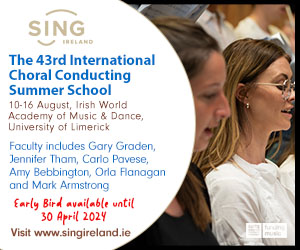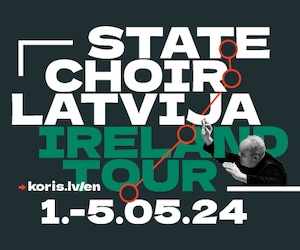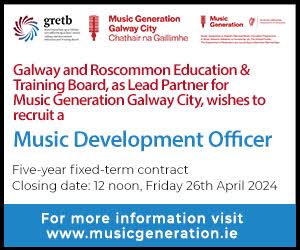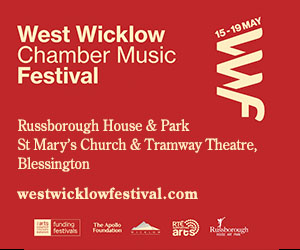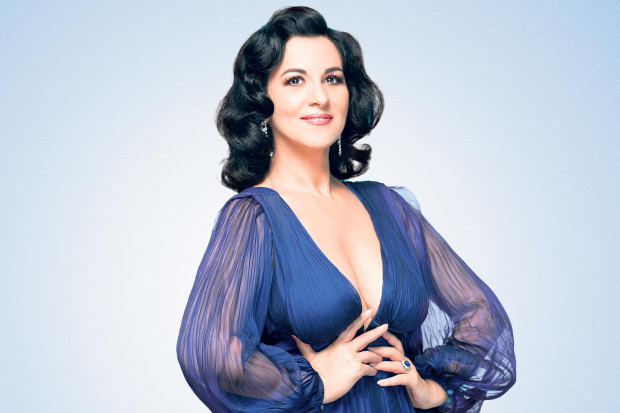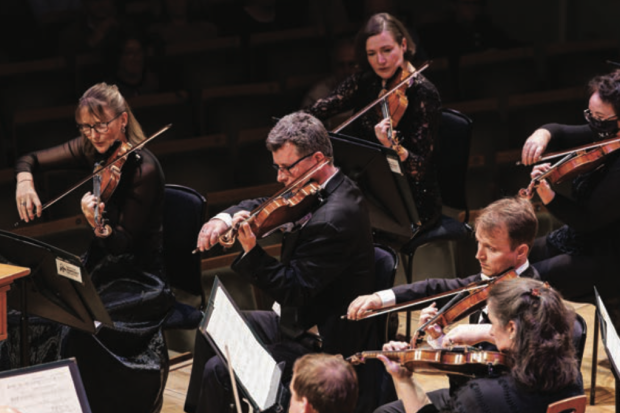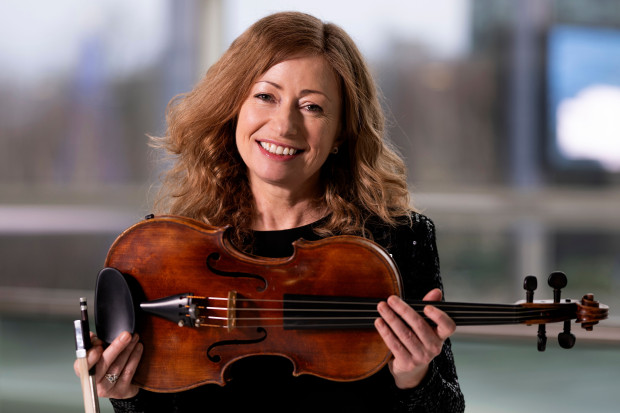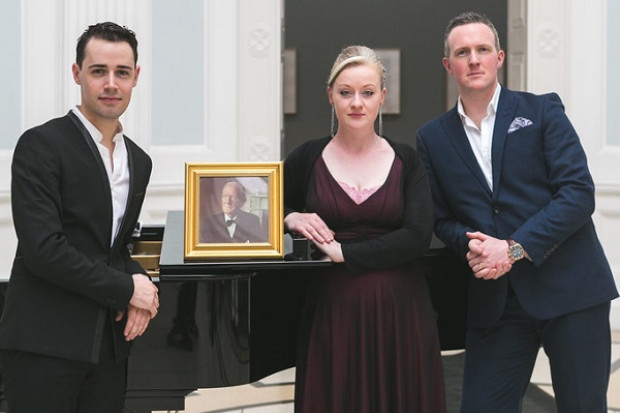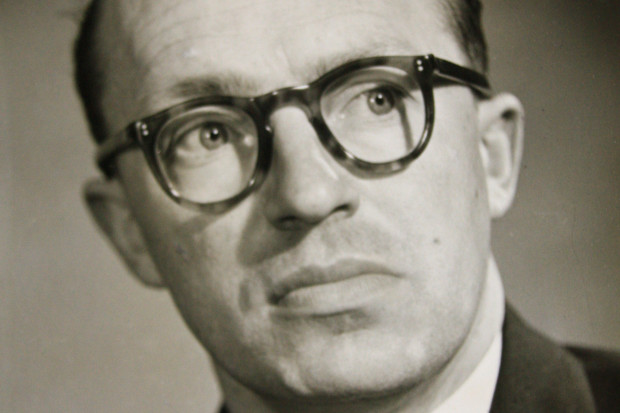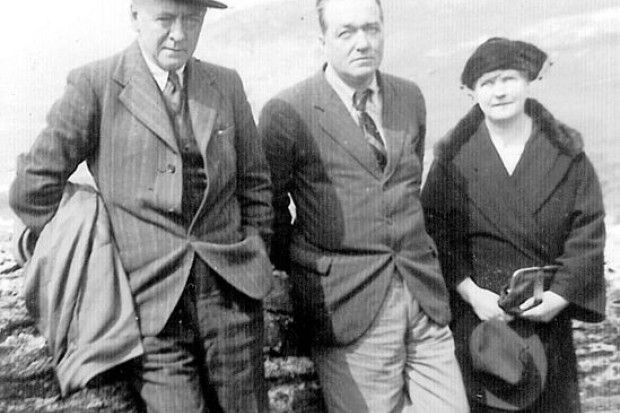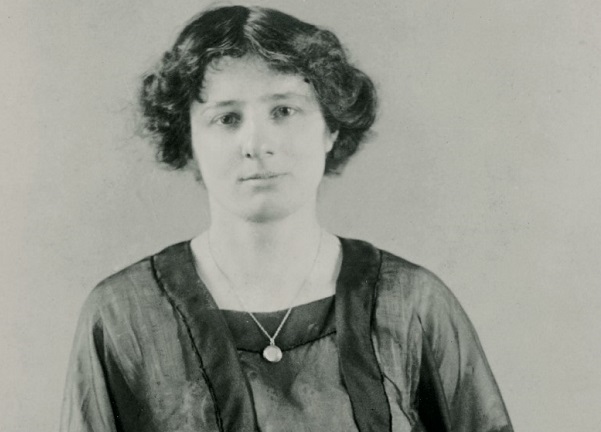
Irish composer Ina Boyle (1889–1967)
Making the Case for Ina Boyle
Ina Boyle was one of Ireland’s most prolific composers; she wrote the only Irish full-scale symphonies between 1911 and 1959, and she was championed by Vaughan Williams. Yet very little of her work has ever been performed, and it is only now, over fifty years since her death, that she has received a monograph. If its authors are to be believed, it is well overdue; this book, half a biography by Ita Beausang and half a critical musicological overview by Séamas de Barra, is their argument.
Boyle was born in 1889 in Enniskerry. Her father was a reverend and an amateur luthier, and her mother came from a Protestant Ascendancy family reaching back to Sir Philip Crampton, the famous eighteenth-century surgeon.
Boyle first formally studied theory at the age of eleven, started composing at fourteen, and at twenty-four received her first accolades: first and second prize at the 1913 Sligo Feis Ceoil. She was reclusive, and, despite never attending a music school and having little contact with the general musical life of either Ireland or England, she gained further recognition. In 1919, she submitted The Magic Harp to the Patron’s Fund, a competition for young British composers, and it was premiered in 1920 (under Adrian Boult) to favourable though not fulsome reviews: ‘well planned, idiomatic, and authoritative’ (p. 10), but ‘showing skill and promise rather than actual achievement (p. 11). This work, which remains her best known, is a musical evocation of a poem by Eva Gore-Booth about the mythical harp of the Dagda. It is unfortunate that Boyle’s musical reputation rests so heavily on this work, as it is of course one of her early works, and so unsurprisingly rather musically immature.
Boyle was successful in several other competitions and schemes in the early 20s, with The Transfiguration (1921), Colin Clout (1922), and the opening movement of her first symphony (‘Glencree’ of 1923) all receiving performances and generally kind receptions in England. As with The Magic Harp, the two major influences throughout her oeuvre –bucolic imagery and poetry – are found in all these works.
Musical sensibility
In 1923, Boyle began lessons with Ralph Vaughan Williams, which continued until the outbreak of the Second World War, and from which emerged a friendship that lasted until the English composer’s death. There was probably no living composer better suited to Boyle’s sylvan modal musical sensibility than Vaughan Williams. Boyle, even more than Vaughan Williams, composed in gentle ‘ever-developing ideas’ (p. 113) rather than strong contrasts; under his tutelage, she seems to have found a way of writing more profoundly peaceful music that nevertheless has enough musical sophistication to support the large-scale structures to which she was attracted.
While visiting Vaughan Williams in England, Boyle was involved with a group of young female musicians, including the composers Elizabeth Maconchy (later LeFanu) and Grace Williams, who hosted a concert series that provided a rare opportunity for female composers to have their music performed. Through these contacts, more of Boyle’s music was performed, including Gaelic Hymns (1923–4, premiered in 1931), Christ Is a Path (1935), her violin concerto (1935), and her string quartet (1937). However, these performances, though well received, were few and far between, and by the start of the Second World War it was increasingly clear that the critical interest she had received in the early 20s would come to naught. She continued composing, and her music received a few further performances late in her life, including a 1944 orchestral concert in Dublin (under Arthur Duff) comprised entirely of her works. However, these performance were increasingly in the somewhat nostalgic and nationalist spirit of an appreciation of what had come before, and, with the exception of the four-minute Wildgeese (1942), no new work of hers received a second performance.
There has hardly been an uptick in interest in Boyle since her death in 1967. Her music has been performed here and there (for example, in the 2016 Composing the Island festival and the album that arose from it, and her String Quartet will be performed as part of the NCH and Sounding the Feminist Resound series). RTÉ Lyric FM broadcast a documentary on her life and music in 2010, but much of her mature music remains unperformed, and what music is available has not attracted much excitement.
Quiet tenacity
This is the Boyle we see through Beausang’s biography, which comprises the first half of this short book (excluding appendices, notes, etc., it is only 128 pages long). It as a picture of someone who was ‘shy and self-effacing’ (p. 54), and I was reminded more than once of Emily Dickinson or Giorgio Morandi. But it is also a picture of someone with quiet tenacity: unlike Dickinson or Morandi, Boyle relied on performers to realise her work, but she rarely had access to any; nonetheless, she continued to compose ambitious music that she would increasingly have known she would never hear.
Beausang’s biography is well researched and limpidly written. However, it often reads as a bare procession of facts: one’s eyes glaze over even as one’s heart goes out to Boyle on reading that she sent a score but that it was returned unopened, or returned with kind apologies that the conductor could not make it work, or that the soloist fell ill, or that she never heard anything further. Beausang almost directly represents the endless rejection Boyle faced, but we are left wondering what to make of it all. For instance, did Boyle fare worse than her contemporaries, and is her neglect unfair? De Barra actually suggests not on p. 62 (de Barra is often useful for contextualisation of Beausang’s facts). Why was the music rejected: for musical, political or other reasons? Why is Beausang telling the history the way she does?
These questions are not entertained, and they are not the only gaps in the biography. Some basic information has to be inferred from passing comments. For example, I gathered that Boyle needed to stay home to care for her father only by reading that his death relieved her of care duties. Some information comes far too late: I learnt on p. 56 that Boyle did anything other than compose (she also managed her estate). And some information is absent entirely: there is not a word about her sexuality.
A more serious omission, though, is that the reader doesn’t learn anything about Boyle’s inner life. There is no word about such basic questions as what she wanted to say in any of her works, what her attitudes to her artistic inheritances and contemporaries were, and what she felt her relationship to Ireland and the United Kingdom was, or her political leanings more generally (Boyle seems not to have noticed 1916, and to have noticed the Second World War only as a practical inconvenience). The biography ends without us understanding why Boyle actually wrote music. For all we have been told, it could have been an idle hobby, much as other people garden. The raison d’être of this biography is to enjoin us to re-evaluate Boyle’s music, but Beausang offers us no particular positive reason to do so, which is a rather serious shortcoming.
The music of Ina Boyle
To some extent, this omission is excusable as beyond Beausang’s brief. She could have adduced historical reasons to return to Boyle, but at the end of the day there is of course only one reason to listen to any music: it sounds good. And establishing this is the province of de Barra’s critical analysis in the second half of the book.
De Barra closely analyses eleven or so of Boyle’s best and most important compositions, from every stage of her career. His analyses are precise and detailed, with helpful score extracts in legible piano reductions. The writing is crystal clear, and his thorough knowledge of Boyle’s musical and literary context is deployed appropriately. I only wish that the 60-odd page essay had included a single section break.
It is worth closely considering de Barra’s analysis of Boyle’s Third Symphony, ‘From the Darkness’ (1946–51), which has never been performed but which de Barra clearly considers to be her magnum opus. (The analysis runs from pp. 110–19.)
The three-movement symphony for contralto and orchestra is based on three poems by Boyle’s contemporary Edith Sitwell, and its form is that of the very rare and challenging song-symphony: a work ‘in which a solo voice […] is not only absolutely central to the idea of the work, but around which each of the three movements is designed.’ (p. 111) De Barra hammers home his point about the rarity of this form, and he is right to: there is very little about Boyle’s music that is explicitly or obviously innovative, but in this late work her more subtle individuality manifests in her quiet mastery of ‘one of the most difficult of sub-genres’ (p. 110).
De Barra then spends some time considering Sitwell’s poems and Boyle’s perceptiveness in bringing them together (they are not originally a set). Musicologists are not ipso facto literary critics, but de Barra’s discussion is pertinent and sensitive, as for instance when he observes that Sitwell’s poetry ‘accommodates itself well to being sung, especially when the setting project[s] the feeling of incantation and is able to heighten into specific pitches the declamatory quality of the verse, while at the same time preserving its rhythmic freedom’ (p. 113).
De Barra then analyses each of the three movements with a fluency that easily switches between straightforward harmonic analysis, discussion of the interplay of text and music, consideration of the emotional purpose of musical devices, and critical commentary. One is left excited by the music one has not even heard: de Barra understands that the purpose of his analysis is not just theoretical but also practical – Is this music worth finally performing? – and, if the answer here is yes, then rhetorical: to give the reader a sense of how the music sounds, not just literally but spiritually, in the hope that one of us might be inspired and more importantly motivated to get the symphony actually performed.
As de Barra readily concedes (p. 126), his musical analyses must be taken with a pinch of salt, not just because he is only one critic, but because he is often relying solely on the written scores. But at this stage, he does all that could be asked of him: he argues, for the benefit of potential performers, that some of Boyle’s music is worth resurrecting (or premiering); he gives a rich general account of Boyle’s musical voice; he recommends certain pieces as particularly successful and important; and he helps performers approach these pieces through some incisive musical analysis. The torch of Boyle’s musical legacy has now been offered to potential performers. I, for one, hope that they accept it, and would jump at the opportunity to hear, say, Thinke then, my soule (1938), The Vision of Er (1938–9), or her Second (1929–30) or Third Symphonies. This suggests that Beausang and de Barra have done what they set out to do.
I would like to add one final note. Neither Beausang nor de Barra say anything about what Boyle might have to say to us in particular. But it is a question worth posing. Can her vision still be an intervention? Of course, a final answer to this cannot precede a fair hearing of her music, and of course any artist with anything to say has something to say to everyone; but beyond this, I sense a signal affinity between Boyle’s music and Ireland’s soft wilderness. We are losing touch with, and losing, our wildernesses, and this is a moral shame and a global catastrophe. Perhaps Boyle could encourage us.
Ina Boyle (1889–1967): A Composer’s Life by Ita Beausang and Séamas de Barra is published by Cork University Press. Visit www.corkuniversitypress.com.
Ina Boyle’s String Quartet in E minor will be performed by ConTempo Quartet this evening (17 Oct) at 7.30pm at the NCH. Visit www.nch.ie.
Published on 17 October 2019
James Camien McGuiggan studied music in Maynooth University and has a PhD in the philosophy of art from the University of Southampton. He is currently an independent scholar.






